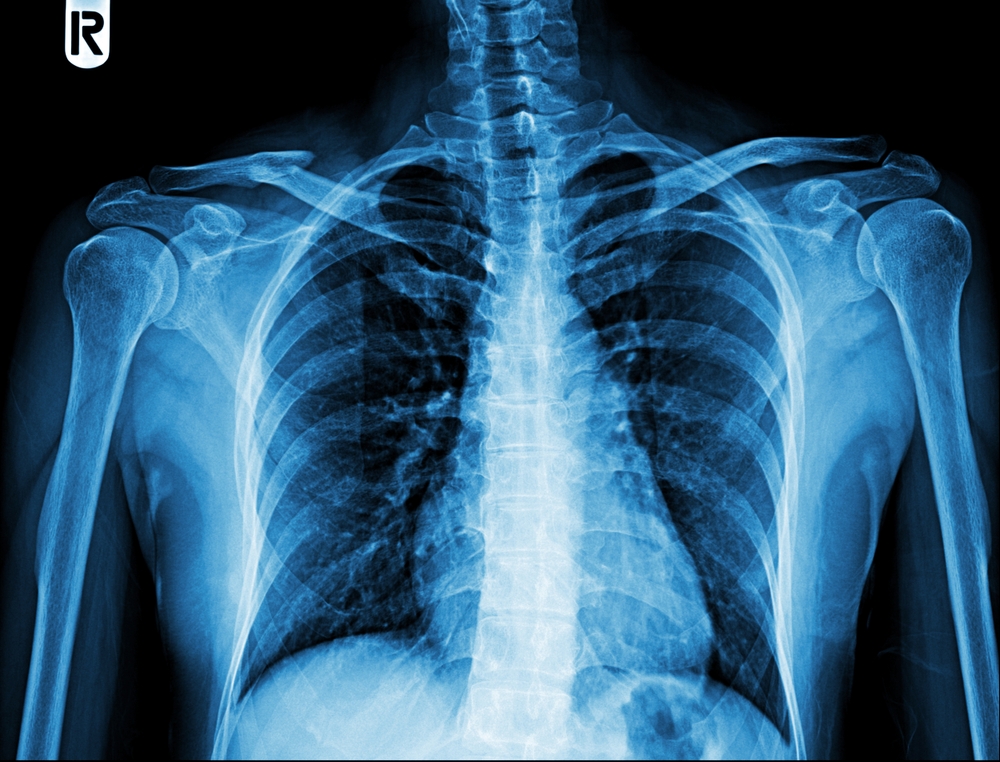X-rays Get an Upgrade
Scientists from Nanyang Technological University, Singapore (NTU Singapore), have developed and simulated a groundbreaking method to generate highly focused and precisely controlled X-rays. This innovative technique is up to a thousand times more intense than traditional methods, opening the door to ultra-high-quality X-ray imaging for accurate detection of flaws in semiconductors. Not only does this advance promise more efficient energy usage, but it also enables more precise X-ray imaging for health screening. The method involves shooting electrons at an ultra-thin material with ordered structures, such as graphene, and shaping their wave-like travel patterns to align with the atomic positions of the material. By leveraging this approach, scientists are revolutionizing the production of X-rays, paving the way for significant advancements in imaging technology.
This process theoretically leads to the emission of X-rays at significantly higher intensities than usual, which can be precisely controlled to be generated in multiple directions or a single specific direction. Typically, when the accelerated electrons collide with the atoms of the material, they deflect and emit X-rays, known as bremsstrahlung or “braking radiation”. In conventional methods of generating radiation using X-ray tubes, bremsstrahlung contributes to most of the emitted X-rays. However, a challenge arises as the X-rays are not focused due to being emitted in various directions. Current approaches attempt to tackle this issue by filtering the X-rays to only use those emitted in the desired direction. Nevertheless, even these filtered X-rays still exhibit significant diffusion.
An international team of scientists, led by Nanyang Assistant Professor Wong Liang Jie from NTU’s School of Electrical and Electronic Engineering, has devised a groundbreaking method to overcome obstacles in computer simulations. By altering the trajectory of fired electrons, they have successfully tackled these challenges. The research team includes scientists from the Singapore University of Technology and Design, Stanford University, Technion – Israel Institute of Technology, Tel Aviv University, and the University of California, Los Angeles. Using advanced computer modeling techniques, they simulated the passage of electrons through a specially designed plate that carries an electric current, generating a voltage. The simulations revealed a fascinating phenomenon known as electron waveshaping, where the path of the electrons is fundamentally altered after passing through the “phase plate”. This breakthrough has significant implications for the field of electron transport and opens up new possibilities for future research.
Electron particles exhibit wave-like behavior similar to light waves, as described by quantum physics. Consequently, previous research has demonstrated their ability to interfere with each other when passing through a phase plate. By applying voltage to the plate, it is possible to manipulate the electron’s wave pattern. In this study, the researchers simulated the interaction of shaped electrons with an ultra-thin graphene material, which is approximately 1,000 times thinner than a strand of hair. The unique shaping of the electrons resulted in a highly aligned trajectory that closely matched the hexagonal arrangement of atoms in graphene.
This increased the likelihood of electron-atom collisions, resulting in the emission of more X-rays and an overall increase in radiation intensity. Furthermore, the simulations demonstrated that the new method exhibited improved energy efficiency. By utilizing the same current to propel electrons, the researchers’ approach generated X-rays that were up to a thousand times more powerful than those produced by conventional X-ray tubes. Additionally, the intensity of the radiation could be adjusted by manipulating the phase plate. With this new method, X-rays can be emitted in various directions or focused in a specific direction, offering greater versatility for future X-ray-generating devices. The simulations achieved precise control by modifying the voltage of the plate, influencing the pattern and trajectory of electron travel.
When the wave pattern of electrons overlapped with the surface of atoms, the resulting X-rays were more diffused. By adjusting the plate’s voltage, the electron wave pattern aligned with ring-shaped layers around the atoms, producing X-rays in a specific direction. This focused emission occurred because the interaction between electrons and atoms was altered, leading to X-ray interference that eliminated emissions in certain directions while reinforcing others. The new method requires less energy to generate intense X-rays, potentially enabling the development of smaller X-ray devices. These devices could be significantly smaller than current machines, going from the size of a house to something that fits on a table.
While existing commercial instruments can perform electron waveshaping, using them to generate high-intensity and tunable X-rays is a novel approach. Previous attempts by researchers focused on manipulating other types of radiation using electron waveshaping. Inspired by these endeavors, Asst Prof Wong and his team conducted computer simulations to explore the effects of adjusting various parameters in waveshaping X-rays. One simulated experiment revealed that modifying the pattern of electron travel could significantly increase the brightness of the produced X-rays. This discovery served as the catalyst for their latest research. The potential applications of this groundbreaking method include the production of highly detailed X-ray images of semiconductor chips, enabling more accurate detection of imperfections that may be difficult to spot during chip manufacturing.
The new method allows for control over the production of X-rays, enabling both diffused and focused imaging. This flexibility offers numerous benefits for health screening, such as capturing images of an entire hand or specific finger joints, all while minimizing energy consumption. Moreover, the utilization of focused and intense X-rays shows promise in targeted radiotherapy for cancer treatment. The scientists are now preparing to conduct experiments to validate the findings of their simulations.

